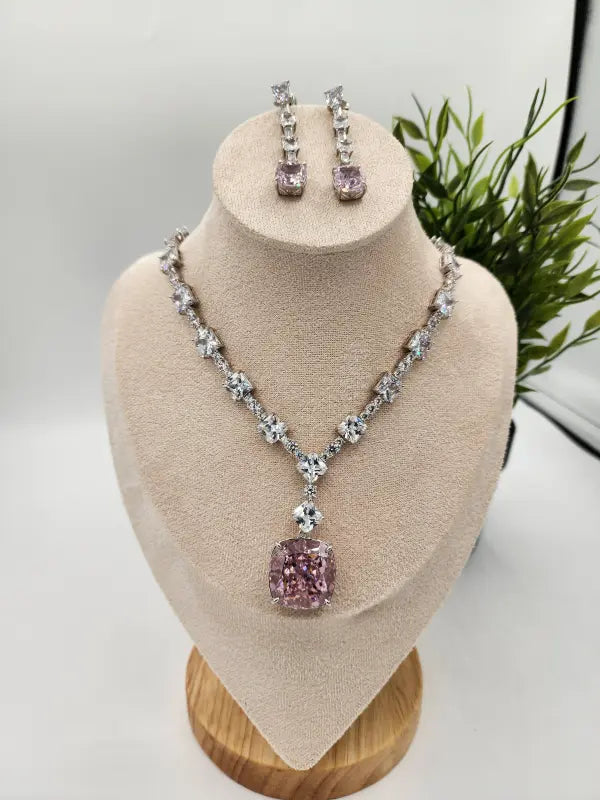Kalighat painting, also known as Kalighat Patachitra or Kalighat Pat (Bengali: কালীঘাট পটচিত্র), is a distinctive style of Indian painting that emerged in the 19th century. It was pioneered by a group of specialized scroll painters called patuas near the Kalighat Kali Temple in Kolkata, West Bengal. These artworks are characterized by bold outlines, vibrant colors, and minimal backgrounds. They were typically created on both handmade and machine-manufactured paper, depicting mythological stories, Hindu deities, and everyday life, thereby capturing the socio-cultural changes of the 19th and early 20th centuries.
Historical Context
.jpeg)
Kalighat painting's origins are debated among historians, as there is no concrete historical account pinpointing its inception. However, material evidence suggests these paintings date back to the first half of the 19th century. European collectors' acquisition dates support this timeline, coinciding with the establishment of the present-day Kali temple at Kalighat. The Victoria and Albert Museum notes that its collection spans from the 1830s to the 1930s, though some estimates suggest Kalighat paintings became prominent around the 1850s.
Diversity of Themes

Mythological and Religious Themes

Kalighat paintings prominently feature Hindu deities and scenes from epics like the Ramayana and Mahabharata. Common depictions include:
- Goddess Kali: A representation of the idol from the Kalighat Temple.
- Hanuman and Ravana: Scenes from the Ramayana.
- Ganesha: Depicted in various forms, often in the lap of Parvati.
- Durga and Mahishasura: Battle scenes from the Devi Mahatmya.
- Shiva and Parvati: Various forms, including dancing with Sati's corpse.
Everyday Life and Satire

The artists also captured scenes from everyday life and societal changes, often with a satirical edge:
- Babu and Bibi: Intimate embraces reflecting societal norms.
- Cat with Vaishnavite Mark: Satirical takes on religious hypocrisy.
- Smoking and Betel-Chewing Women: Depictions of women, known as Bibis, engaging in leisurely activities.
Evolution of Style
Initially, the patuas from rural Bengal created long narrative scrolls called patachitra. However, after migrating to Kolkata, they adapted their style to meet urban market demands. They shifted to single-frame compositions with fewer details and a simpler color palette. This evolution was driven by the need to produce art quickly and cheaply for a growing urban audience. The availability of mill-made paper and ready-made paints from Britain facilitated this transition.
Artistic Techniques

The creation of Kalighat paintings was a meticulous family affair, resembling an assembly line:
- Outlining: One artist would draw the outline in pencil.
- Shading: Another would add flesh and muscle tones.
- Coloring: A third artist would apply colors to the body and background.
- Final Touches: Lamp black was used for finishing outlines.
The colors were a mix of homemade natural substances and later, factory-made pigments from Britain. For instance, blue was derived from the Aparajita flower, yellow from turmeric root, and black from soot. Silver and golden hues were used for ornaments, with colloidal tin mimicking the sheen of jewels.
Global Reach and Legacy

Kalighat paintings were not just popular among locals and pilgrims but also found a market among foreign travelers and colonial officials. These artworks were seen as perfect, portable souvenirs and were often taken back to Europe. Notable collectors like John Lockwood Kipling and Maxwell Sommerville amassed significant collections, now housed in institutions like the Victoria and Albert Museum and the University of Pennsylvania Museum of Archaeology and Anthropology.
Conclusion
Kalighat painting is a significant cultural artifact, reflecting the socio-economic and artistic transitions of 19th-century Bengal. Its unique style, diverse themes, and meticulous techniques continue to be celebrated and studied, preserving its legacy as a vibrant expression of Indian art.
FREQUENTLY ASKED QUESTIONS
- What is Kalighat painting?
- Kalighat painting, also known as Kalighat Pat, is a traditional style of Indian painting that originated in the 19th century in Kolkata, West Bengal, near the Kalighat Kali Temple. It features bold outlines, vibrant colors, and minimal background details.
- What themes are depicted in Kalighat paintings?
- Kalighat paintings often depict Hindu gods and goddesses, mythological stories, and scenes from everyday life, reflecting the socio-cultural landscape of 19th and early 20th century Bengal.
- How were Kalighat paintings created?
- These paintings were made on hand-made or machine-manufactured paper using water-based and opaque pigments. The process involved multiple artists, with each specializing in different stages, from drawing outlines to coloring and detailing.
- Why did Kalighat paintings evolve from traditional Patachitra art?
- Kalighat paintings evolved due to the artists' need to produce artworks more quickly and in larger quantities to meet the demands of a growing urban market in Kolkata, leading to simpler compositions and a shift in style.
- Where can one find a significant collection of Kalighat paintings today?
- The Victoria and Albert Museum in London houses the largest collection of Kalighat paintings in the world, with 645 pieces, including watercolors, line-drawings, and hand-painted lithographs.




